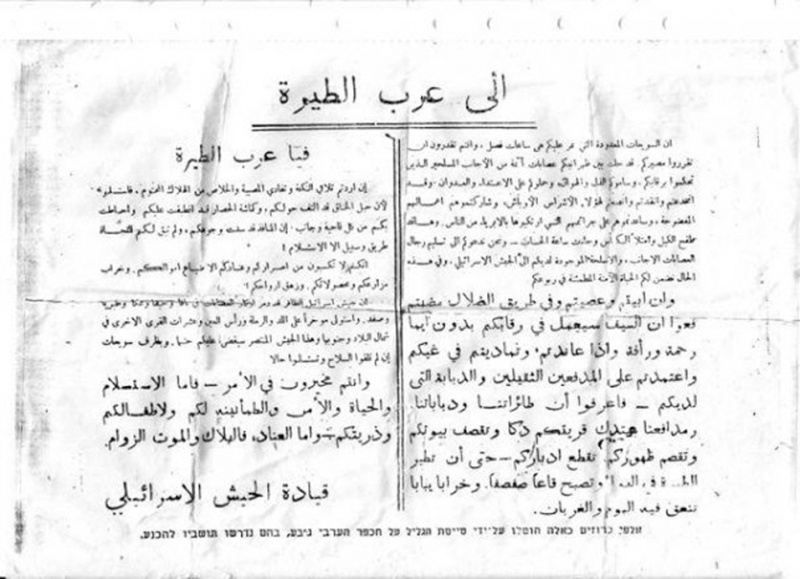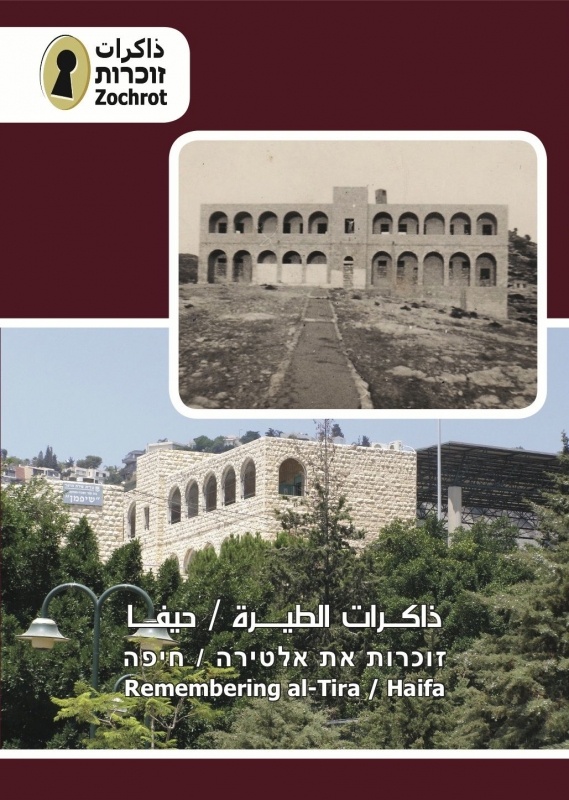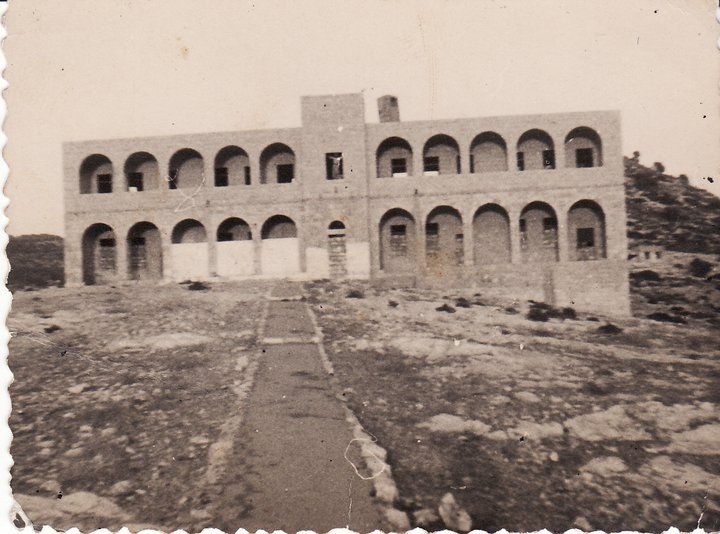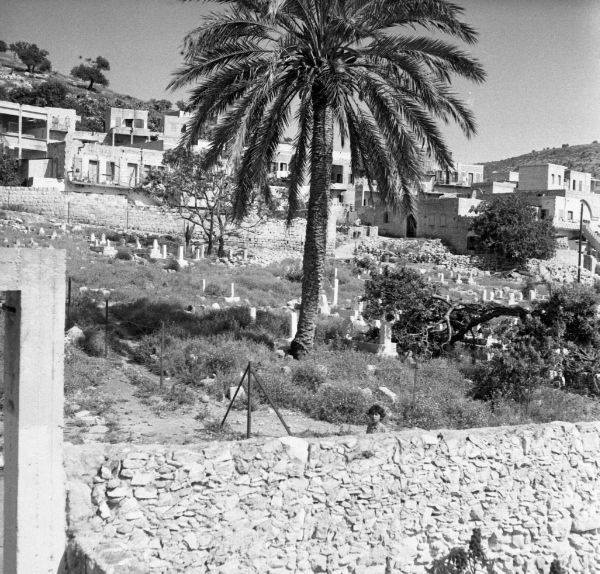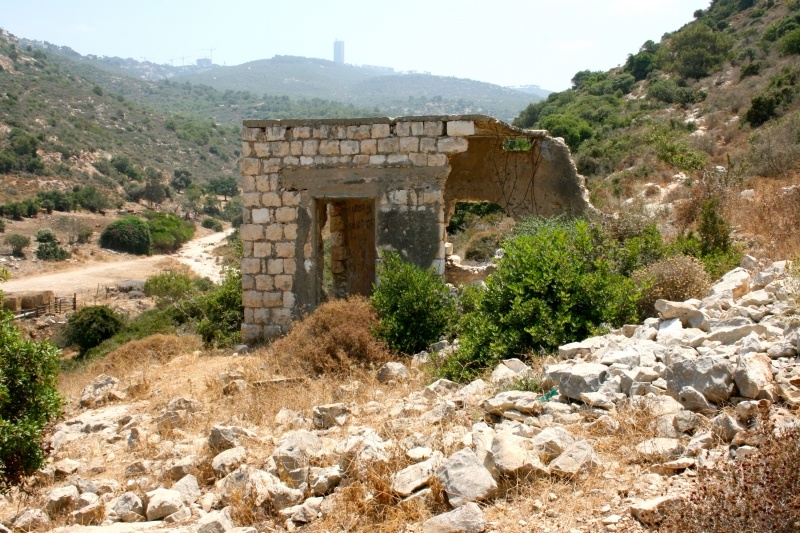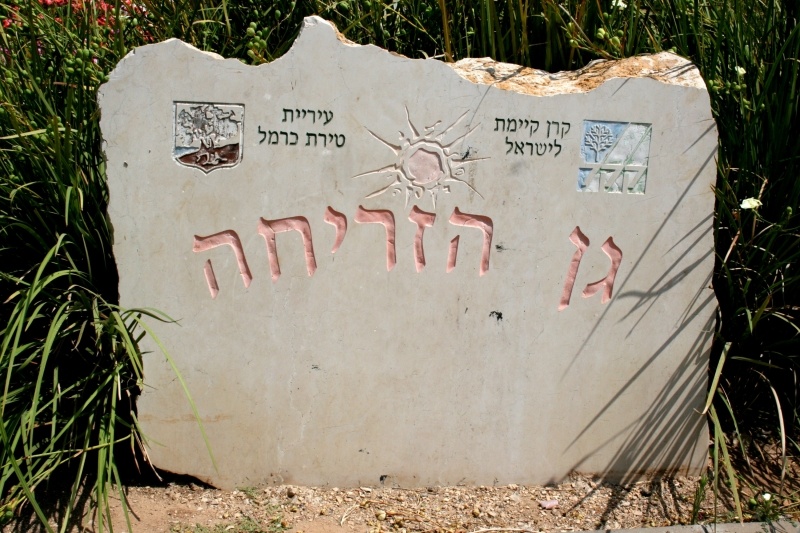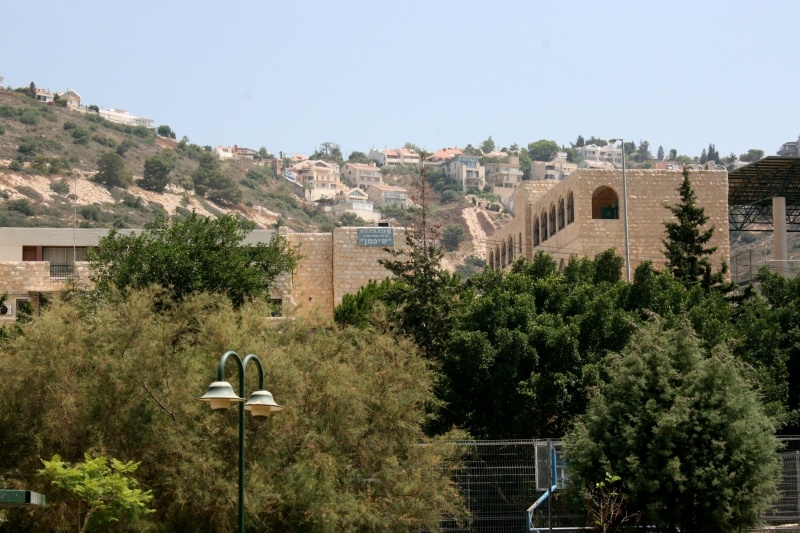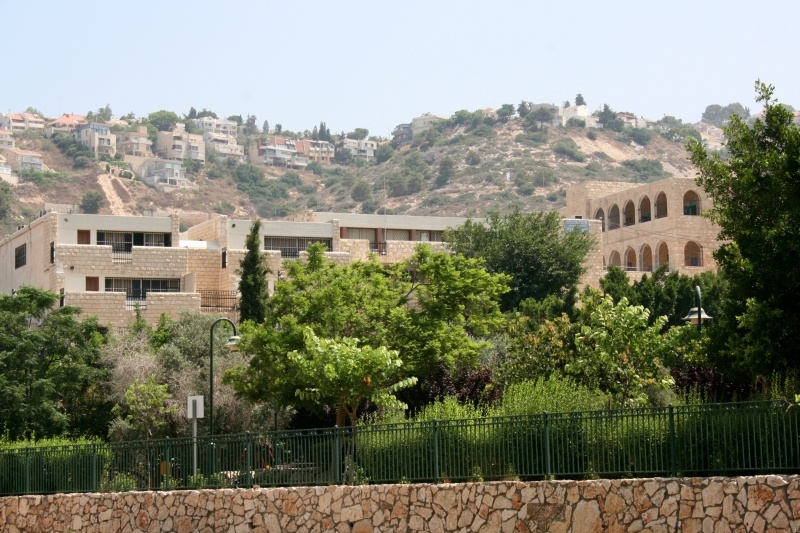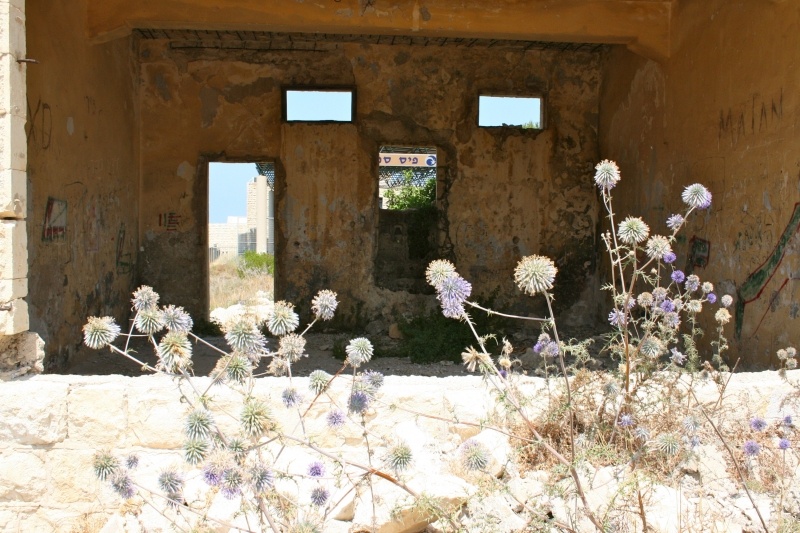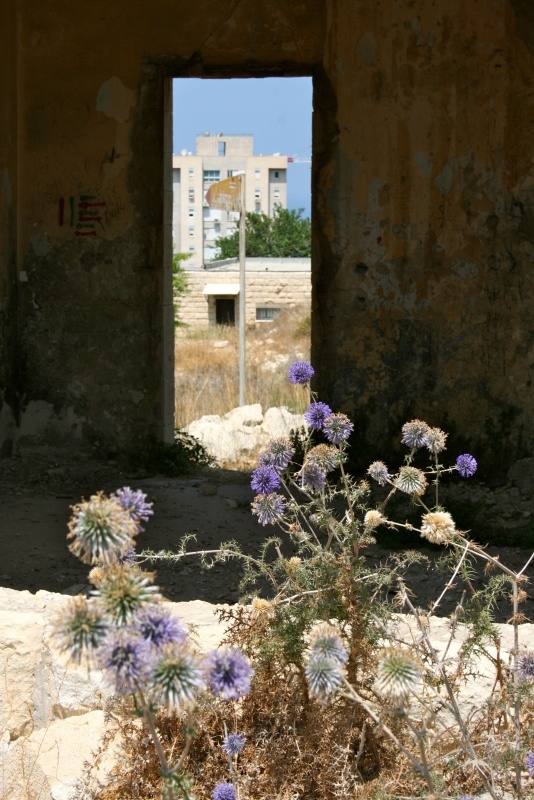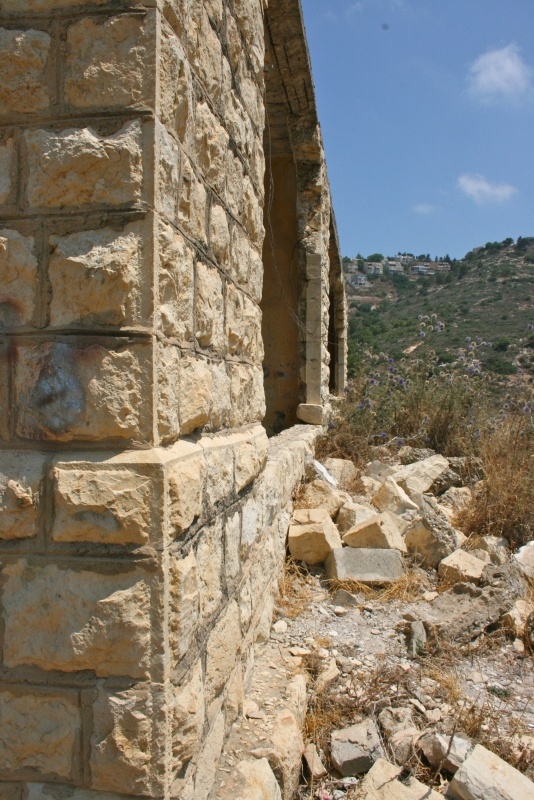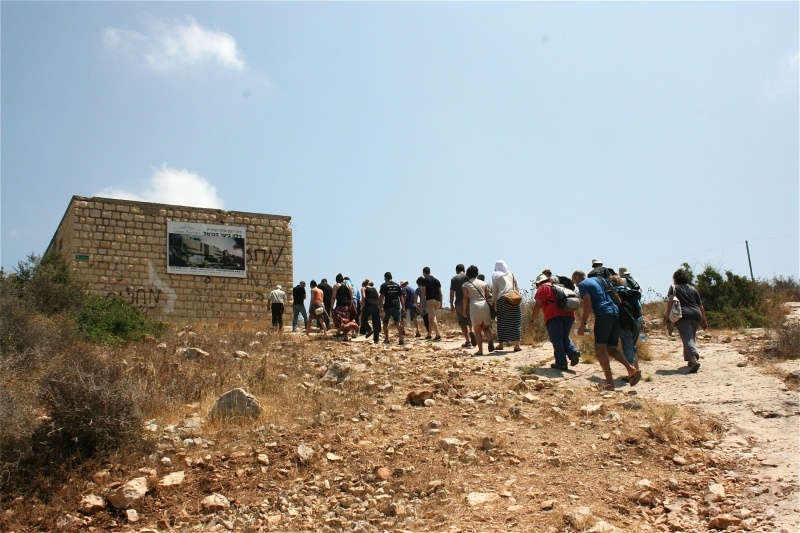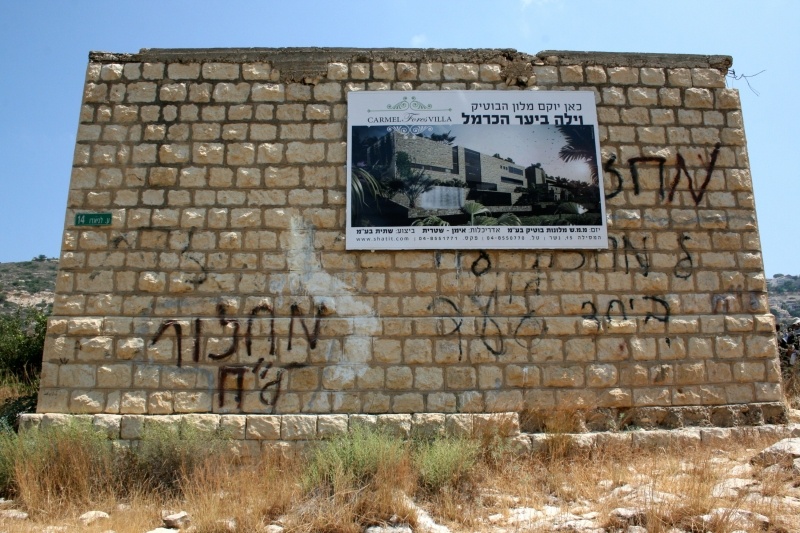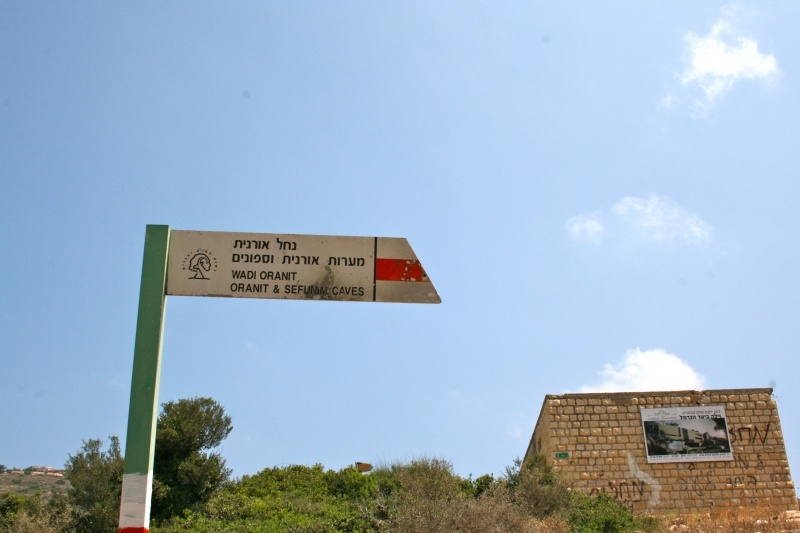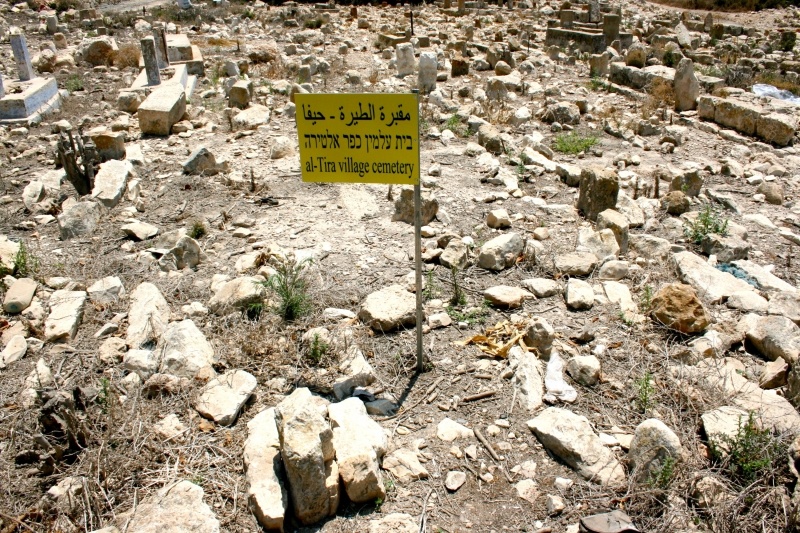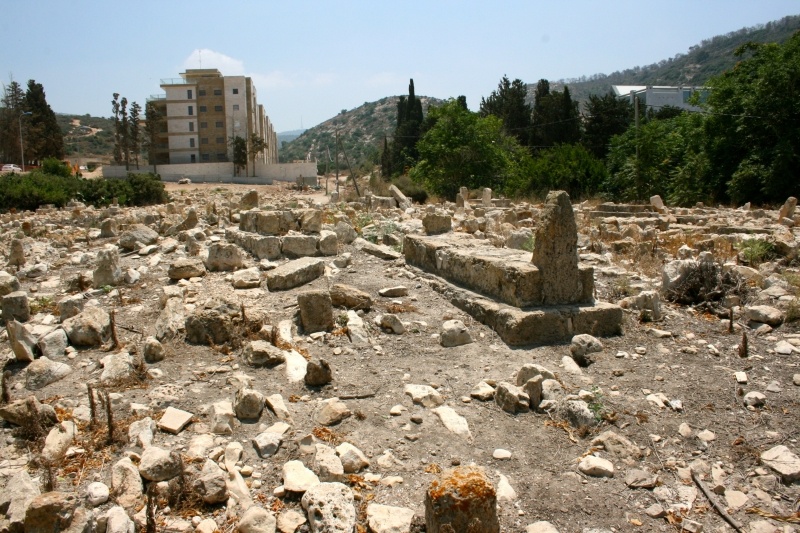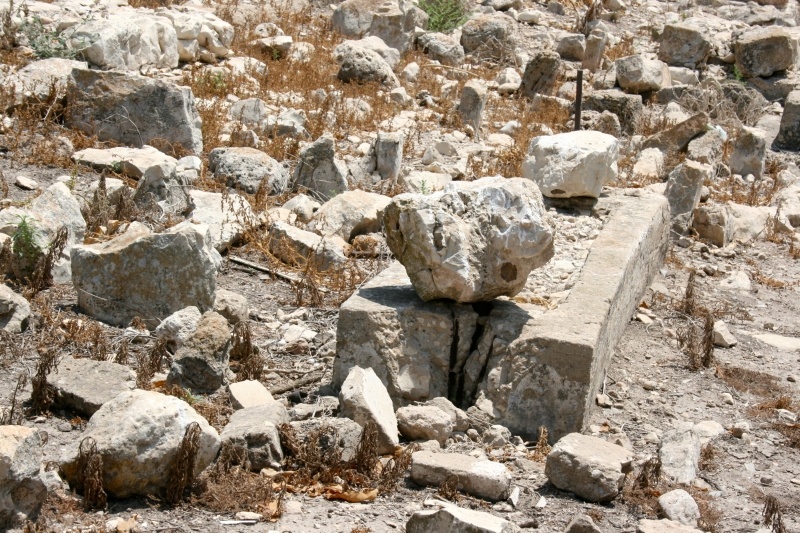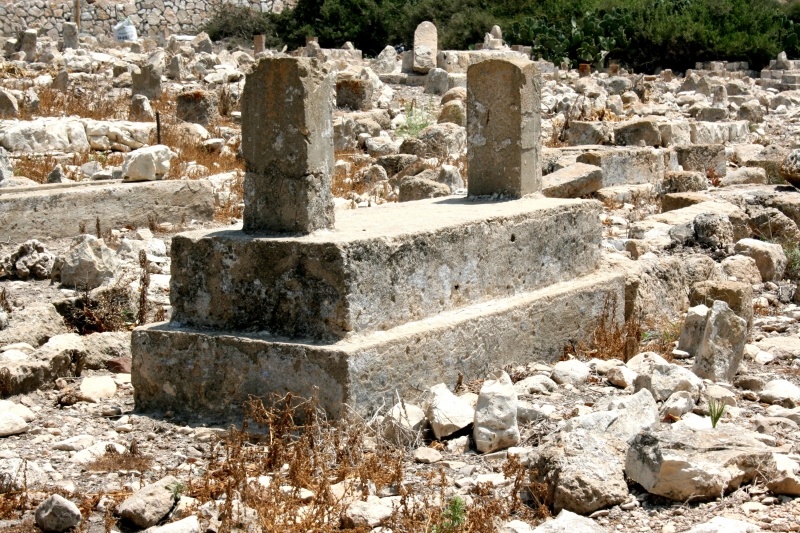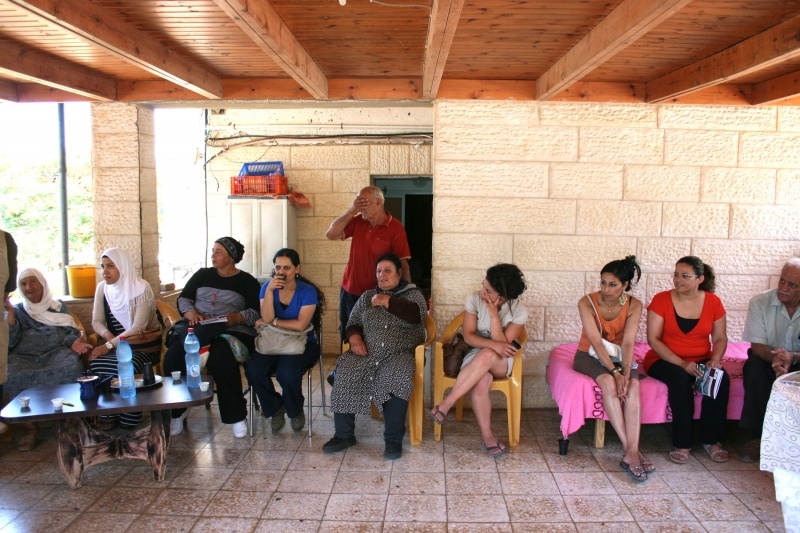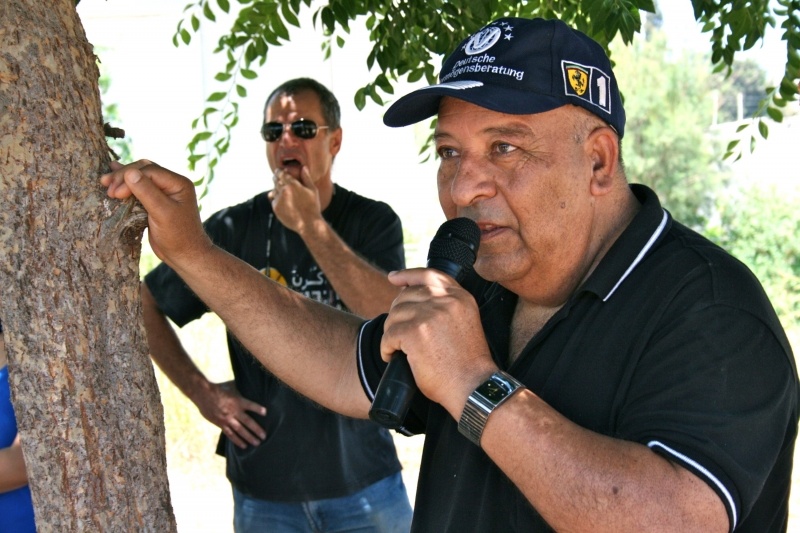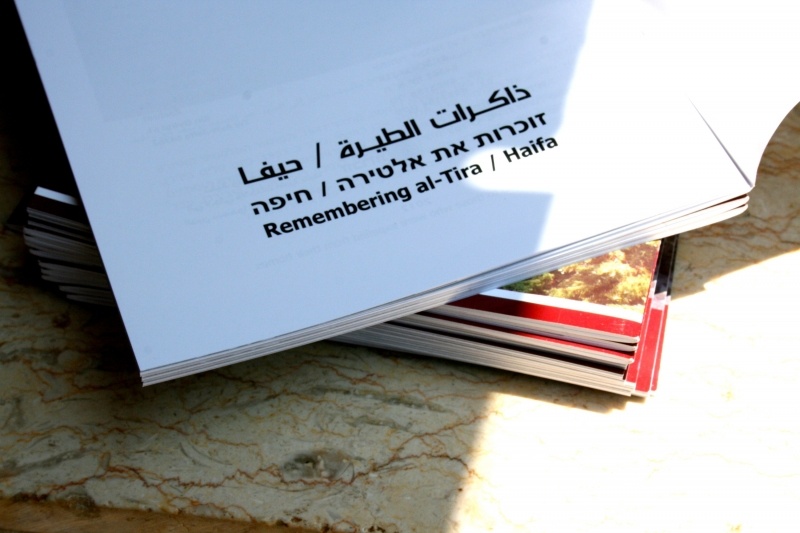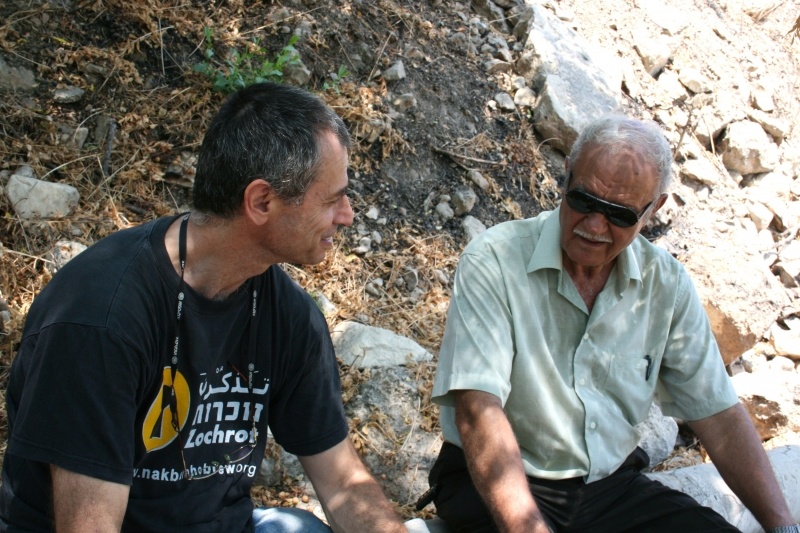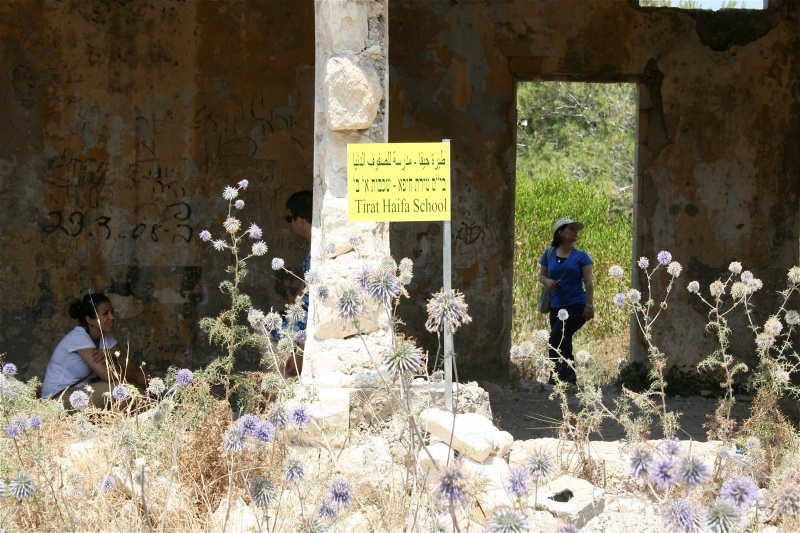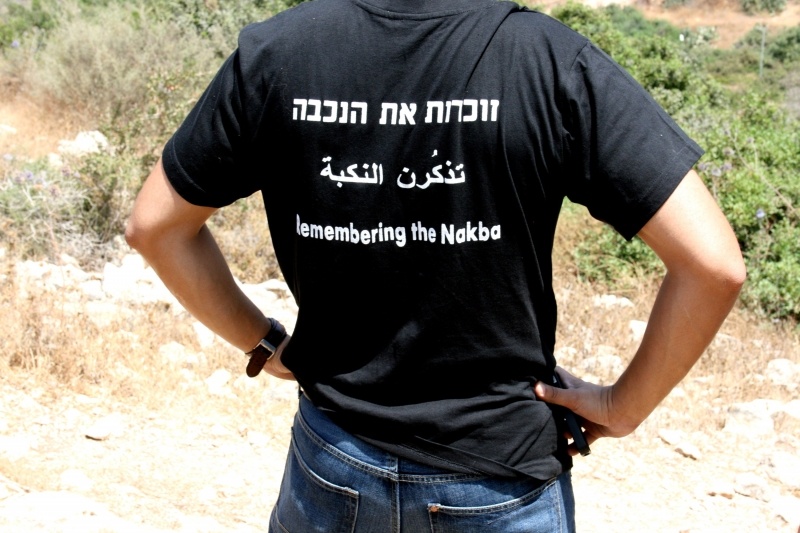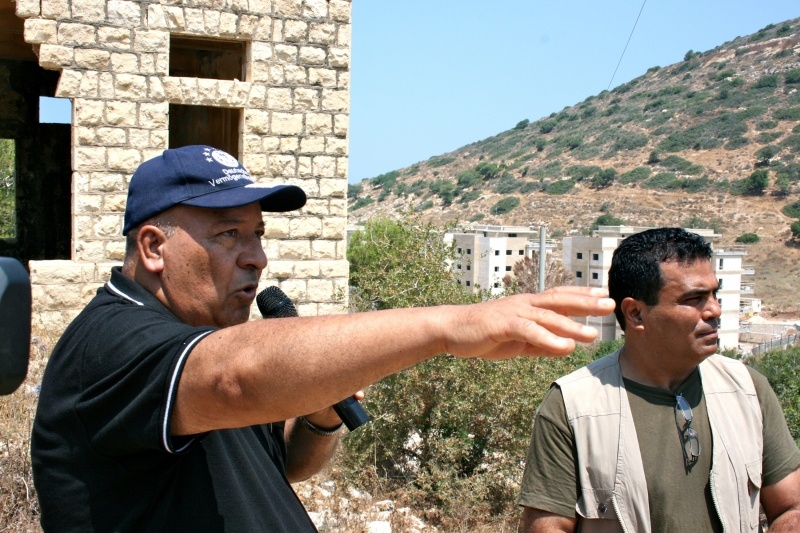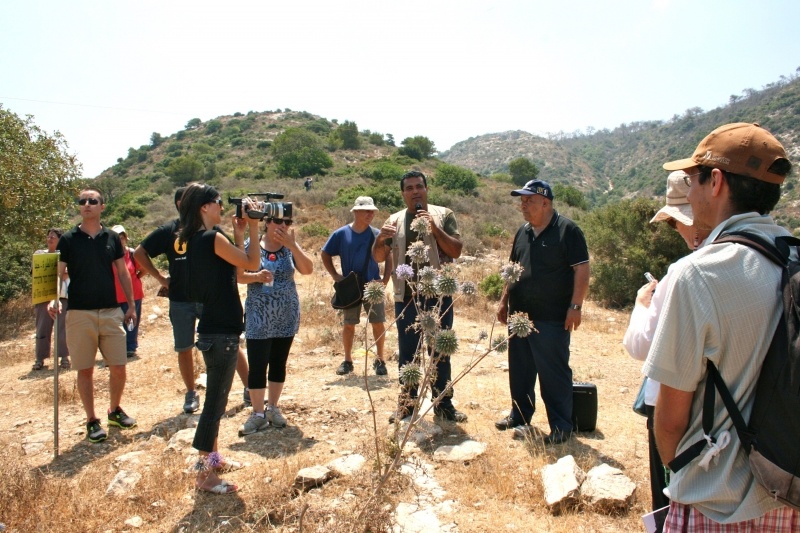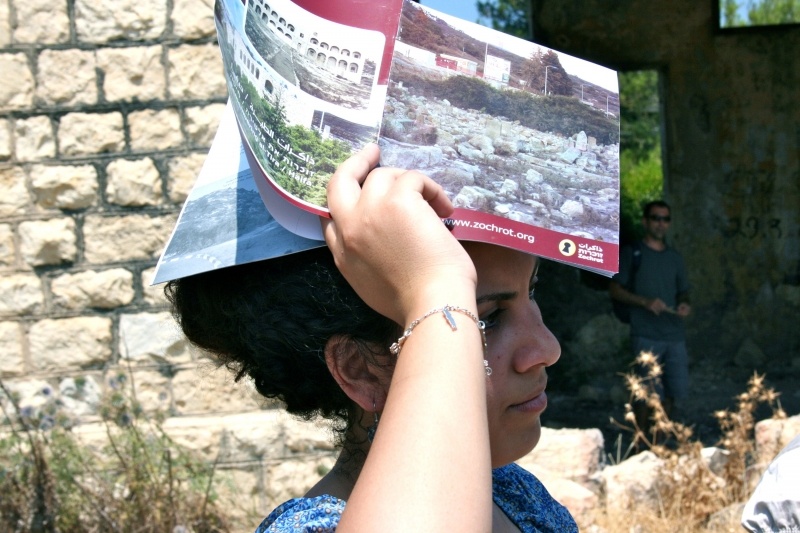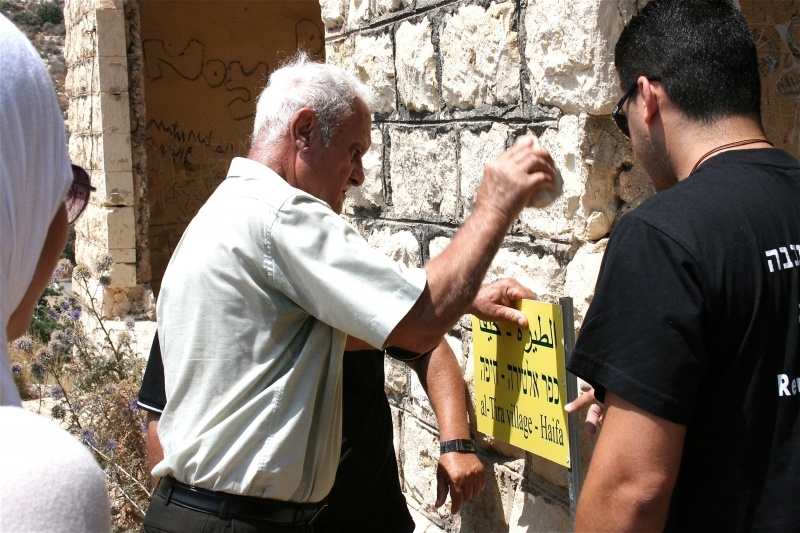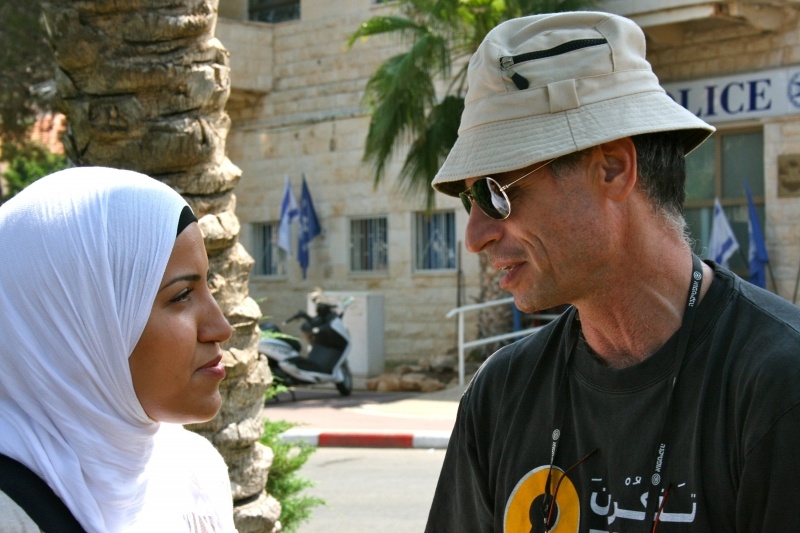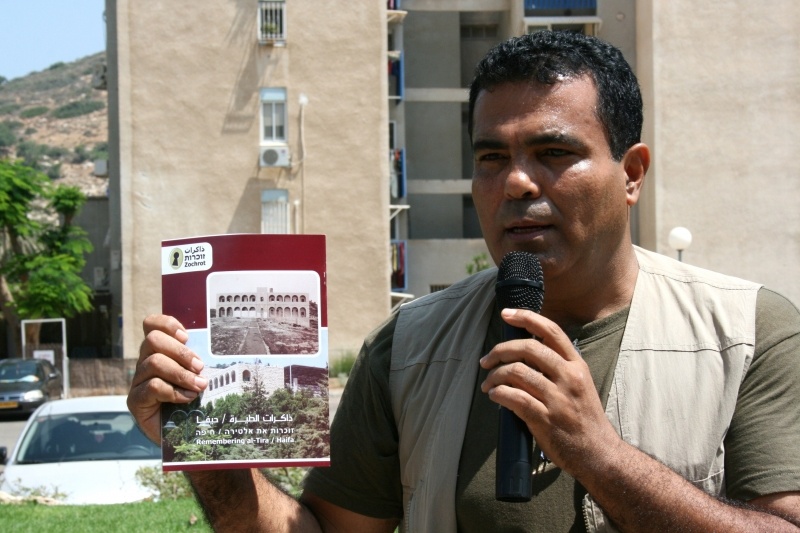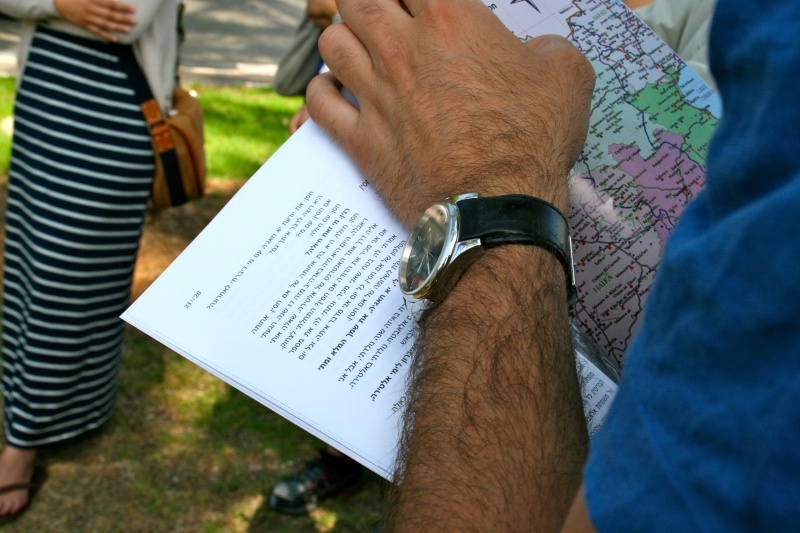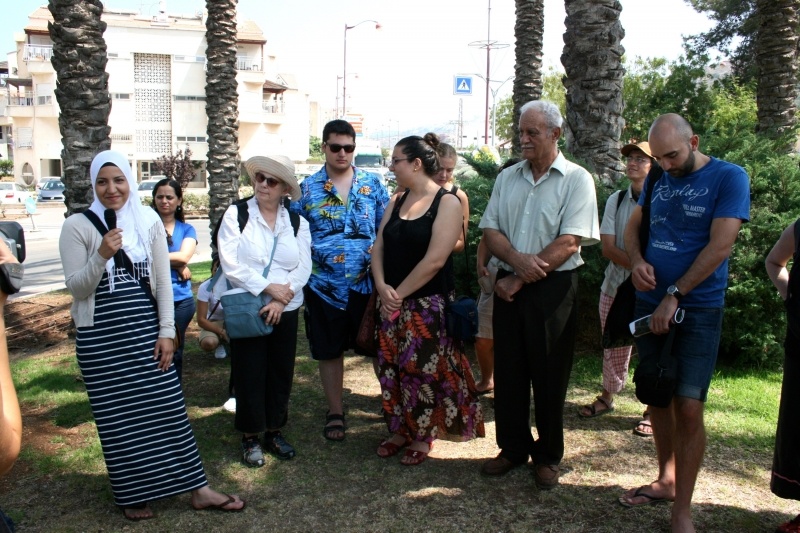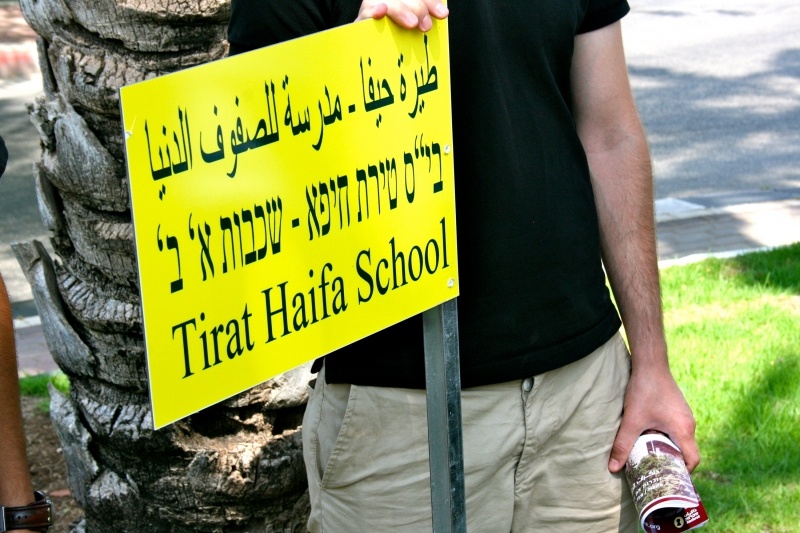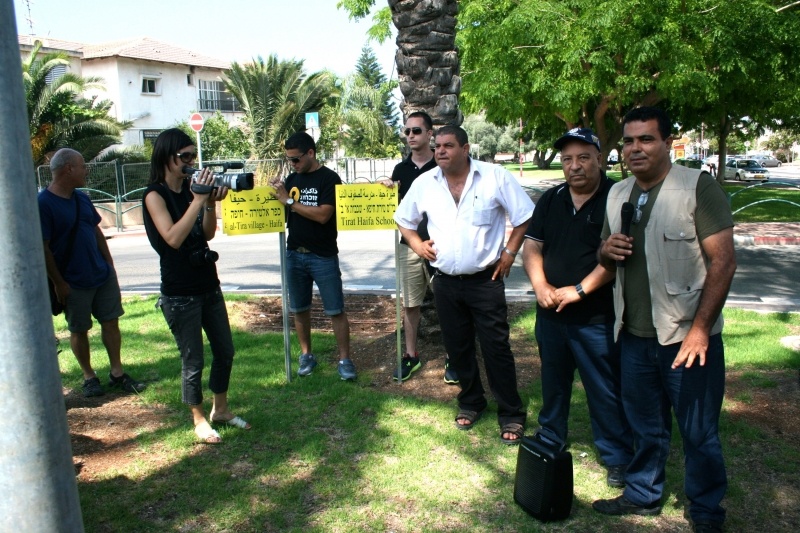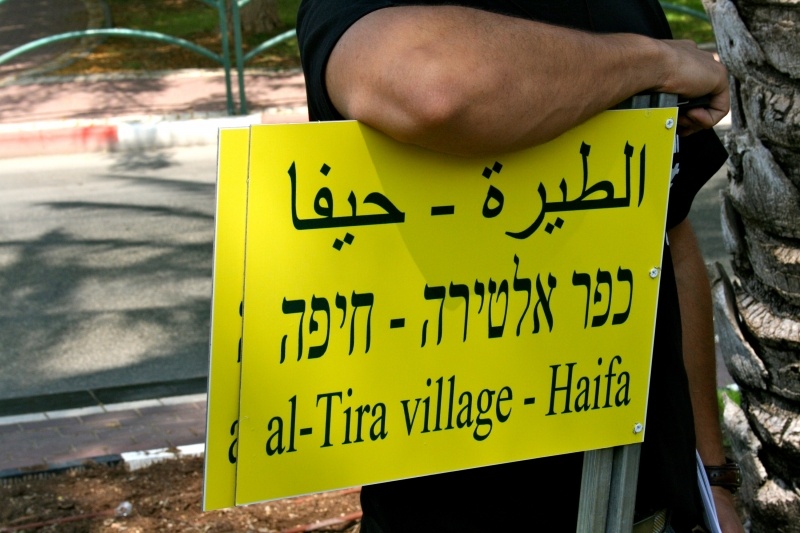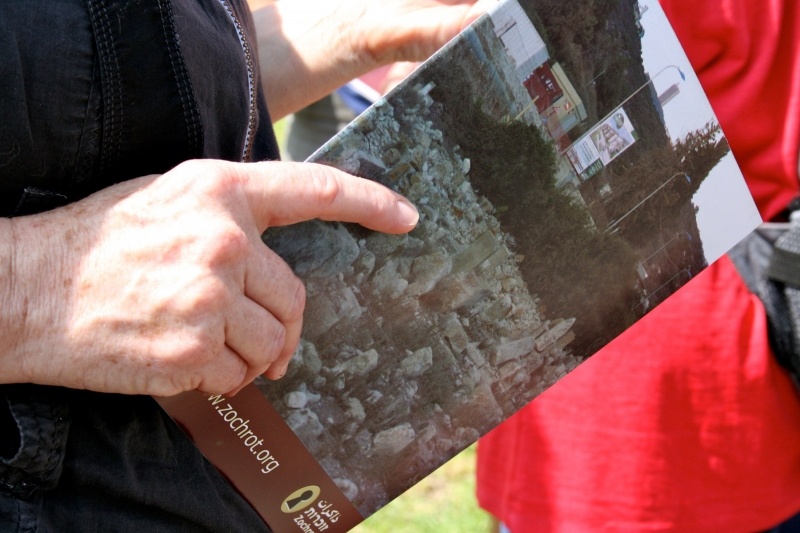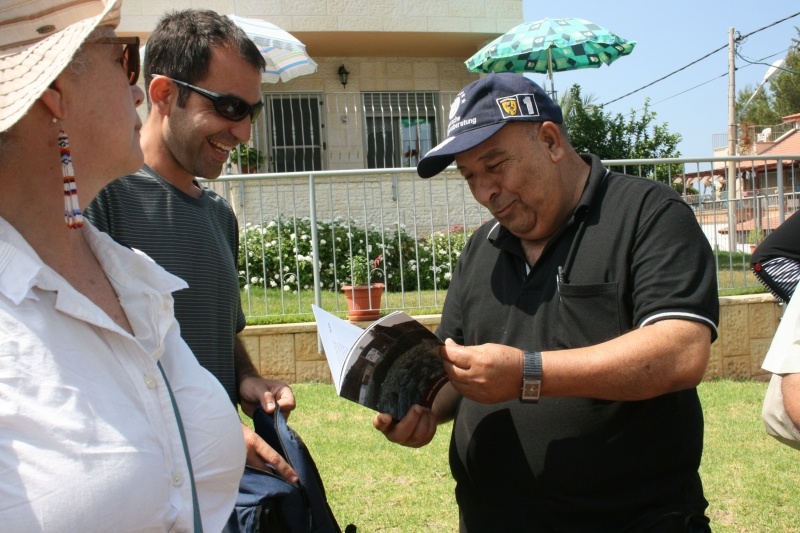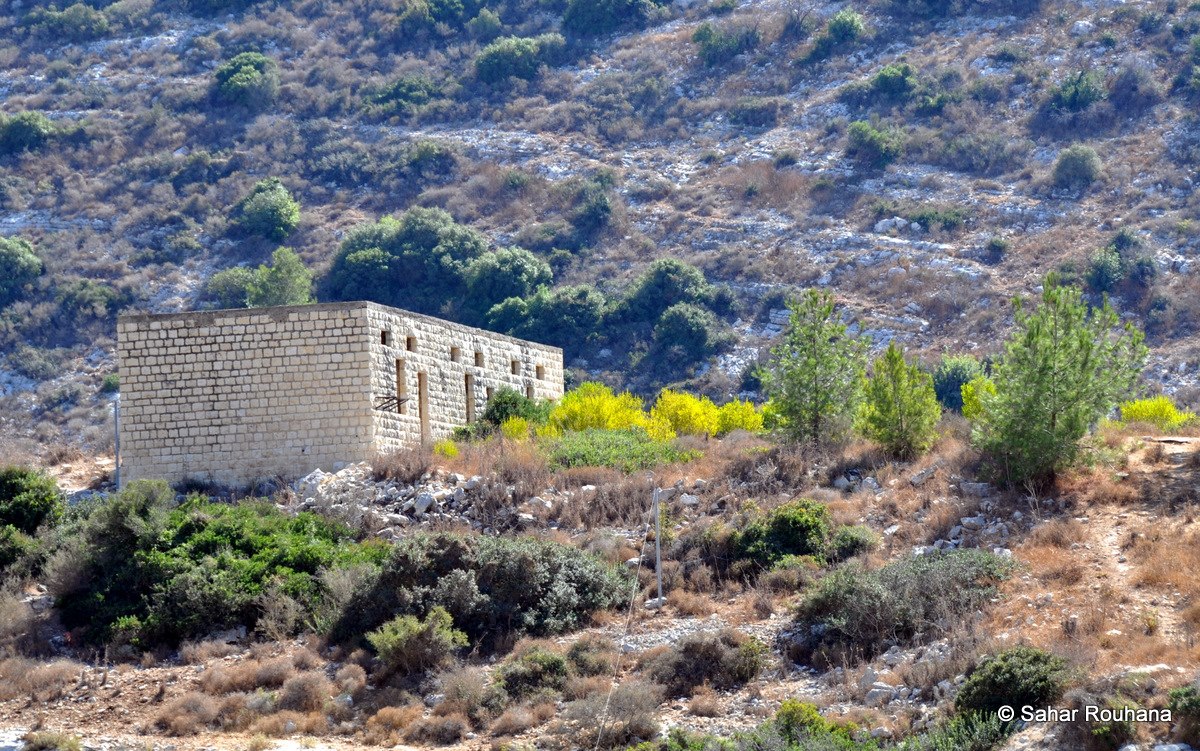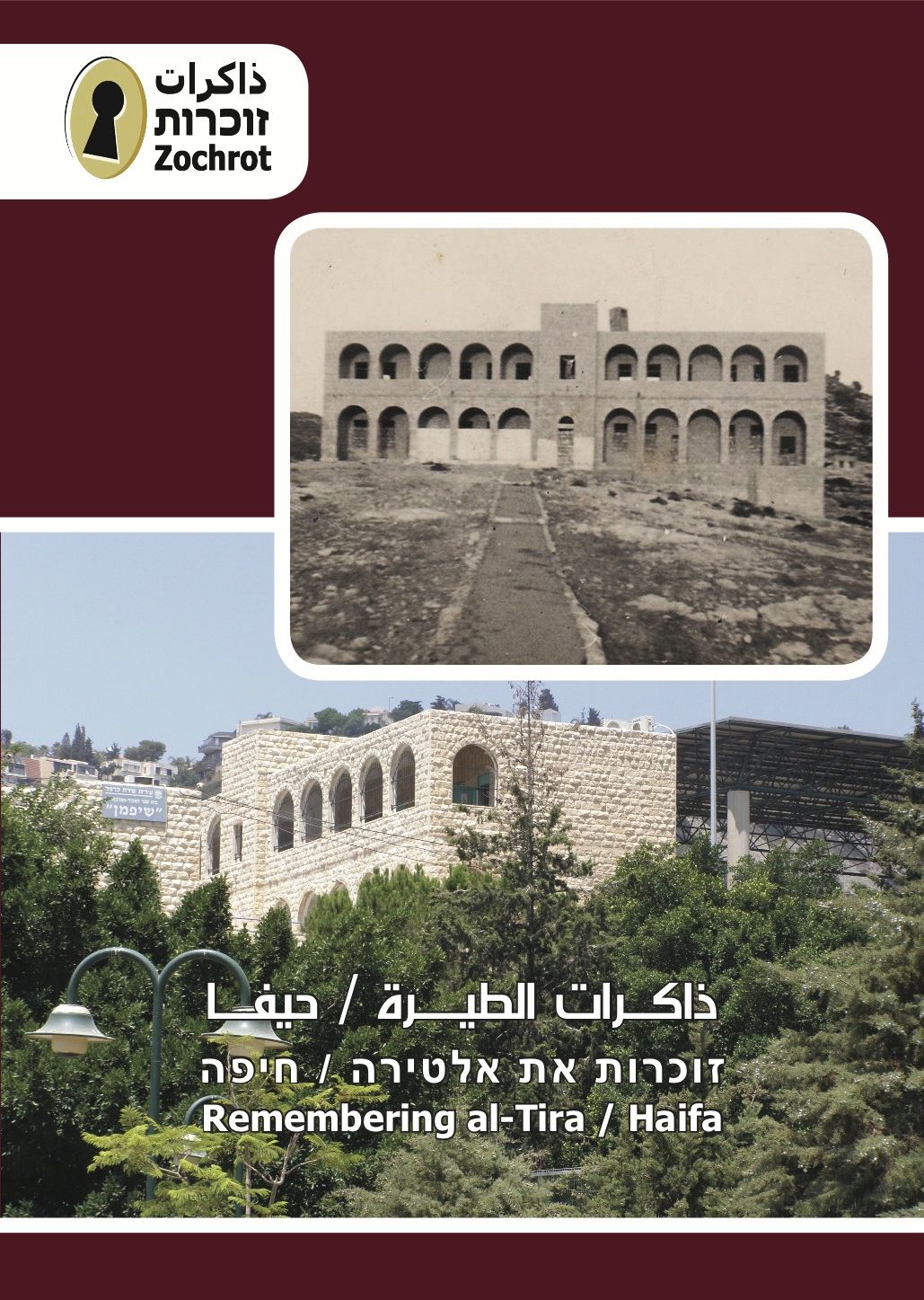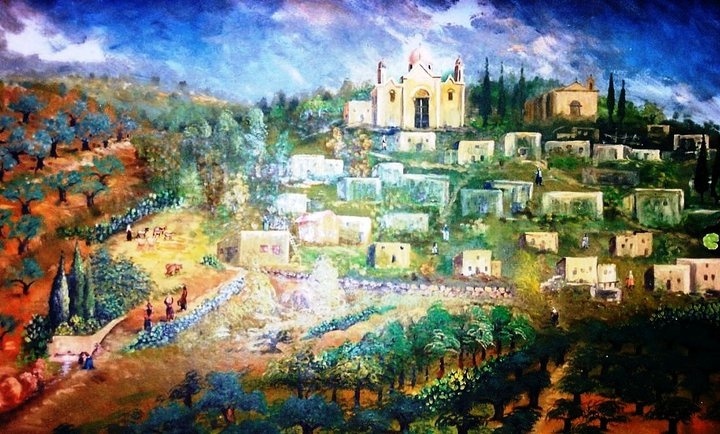Info
District: Haifa
Population 1948: 6110
Occupation date: 16/07/1948
Occupying unit: Golani & Carmeli & Alexandroni &Navy
Jewish settlements on village/town land before 1948: None
Jewish settlements on village/town land after 1948: Kfar Galim, HaHotrim, Megadim, Beit Zvi, Denia Neghborhood (Haifa)
Background:
Al-Tira Before 1948
At 7 km distance from haifa, the village stood on the lower western slopes of Mount Carmel, overlooking the coastal plain. It was linked by a spur to a coastal highway northwest of al-Tira. It was one of the most important villages in the Haifa district, the district's most populous and the second largest in the area (after Ijzim). In the late nineteenth century, al-Tira was a village built of stone and mud and was situated at the foot of a mountain. Numerous caves marked the hills close to the village, which was surrounded by olive groves. The residents - 5,240 Muslims and 30 Christians in mid-1940s - built their stone houses in clusters. The plan of the village was cross-shaped. Al-Tira had two elementary schools, one for boys and another for girls. Its lands contained a number of springs, and its economy was based on agriculture, particularly grain, vegetables, and fruit, with some villagers also engaging in animal husbandry. Al-Tira's lands contained five khirbas; one of them, Khirbat al-Dayr, contained the ruins of the St. Brocardus monastery, some previously inhabited caves, and a vaulted tunnel. South of the village was an open-air Middle-Paleolithic archeological site, which has been excavated.
Occupation, Depopulation, and Israeli Settlements
The Irgun Zvai Leumi (IZL) carried out a bombing raid on al-Tira on 12 December 1947, during the very first round of fighting. The bombing was carried out on the Jewish holiday of Chanukka, in conjunction with six other IZL terrorist attacks in various parts of the country. The raid left 13 villagers dead in al-Tira, according to the History of the Haganah. The Palestinian newspaper Filastin listed children and elderly people among the casualties. The account said that the raiding party, consisting of around 20 men, had approached a secluded house at the edge of the village and firebombed it. The attackers also shot at houses and fled through olive groves to an awaiting truck. Confirming the attacks, the New York Times reported that in addition to the 13 dead, 10 people were wounded, one house was destroyed, and others were damaged.
The village was exposed to smaller assaults in the coming weeks. A major one was made in the early morning of 22 April, in conjunction with the Haganah's offensive against Haifa, ostensibly aimed at preventing Arab reinforcements from reaching Haifa. Nevertheless, the first attempt to capture the village came a few days after the fall of Haifa. Benny Morris writes that it was attacked at 1:40 a.m. on 25 April with mortars and machine guns. A British unit soon appeared on the scene and the firing stopped, and Morris claims that they helped evacuate some of the women and children to safety. He adds that the Haganah attack resumed early the next morning after the British had left, and continued until another British unit arrived later in the day and arranged for a further evacuation. The New York Times reported that the village had been 'severely mortared', and it quoted the Haganah as claiming that al-Tira was a 'principal Arab base'. According to Morris, on 5 May a third effort was made to lead more of the inhabitants to safety and some 600 were taken to Jinin and Nablus.
The attacks continued for around a week. On 13 May, an unsuccessful Haganah strike was made by the Haganah's Alexandroni Brigade. The History of the Haganah writes that the attempt failed because of the lack of 'detailed information about the enemy's system of defense in the village'. This failure resulted in calling off the plan to occupy Qalqilya, as set out in Plan Dalet.
The village eventually fell on 16 July, during the Ten Days of battles between the two truces of the war, according to the History of the Haganah. The account notes that the occupation of al-Tira (and other villages in Haifa District, such as Kafr Lam and al-Sarafand) was significant in that it was the first time that naval firepower had been called in to aid land forces. The warship Eilat bombarded the village before land units moved in. Most of the remaining villagers, who had held out under siege for over two months, were expelled to the Jinin-Nablus-Tulkarm Triangle or incarcerated in POW camps, writes Morris. Secretary General of the Arab League reported that 28 refugees from the village were burnt alive there in late July.
Zionists established the settlement of ha-Chotrim in June of 1948 just south of the village site. Tirat Karmel and Megadim were built one year later, the first on the village site and the second on village land. Kefar Gallim was built on village land in 1952, and Beyt Tzvi was added in 1953.
The Village Today
The village site is partly occupied by an Israeli settlement. Some of the houses, such as one belonging to 'Irsal al-Dhib, remain standing. The cemetery is unkept and there are several broken gravestones. The remains of two shrines are visible and the school is used by Israeli students. There are forests and some residential houses in the mountainous part of the surrounding land. The plain is used for agriculture.
-----------
Source: al-Khalidi, Walid (ed.). All that remains: the Palestinian villages occupied and depopulated by Israel in 1948. Washington DC: 1992.
Videos
We started our tour at Tirat Carmel's police station, in the corner of HaPalmach and Laniado Streets. The building was built in early 1948 as Village Chief Abdullah Salman's residence; regrettably, he hardly had time to enjoy it.


